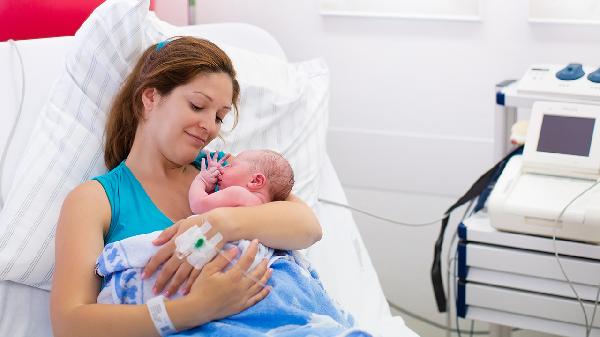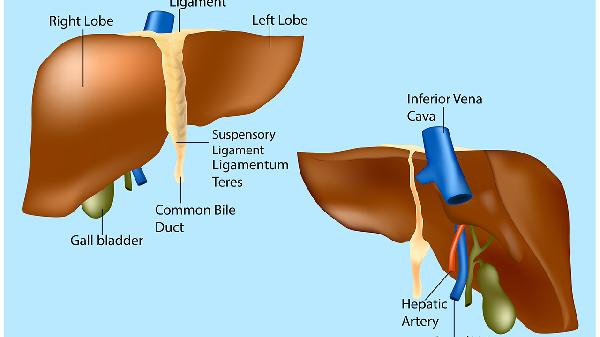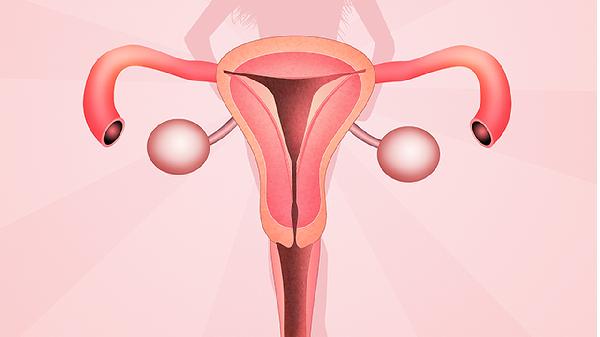The early stages of pregnancy are a relatively dangerous period, during which pregnant women may experience many physical discomforts, such as morning sickness, frequent pain, and even vaginal bleeding. Especially in cases of threatened miscarriage and ectopic pregnancy, abdominal pain often occurs, leading many to confuse the two. It is crucial to correctly distinguish between these conditions.

So, how to differentiate between threatened miscarriage and ectopic pregnancy:
Ectopic pregnancy refers to the fertilized egg implanting outside the uterus, usually in the fallopian tube or abdominal cavity, also known as an ectopic pregnancy. It is a gynecological emergency and can be life-threatening if not treated promptly. Threatened miscarriage refers to the phenomenon where a woman, after a normal intrauterine pregnancy, experiences a cessation of fetal development due to certain reasons. Both ectopic pregnancy and threatened miscarriage patients may experience abdominal pain and bleeding.
1. Missed Period:
Ectopic pregnancy often involves a short-term missed period or a delay of several days in menstruation, but a few may not have a noticeable missed period before experiencing vaginal bleeding. Threatened miscarriage can also present similarly, making it difficult to distinguish between the two based on this alone.
2. Vaginal Bleeding:
In ectopic pregnancy, the most common symptom is a small amount of dark red vaginal bleeding after a missed period, though some may experience heavy bleeding. In threatened miscarriage, vaginal bleeding can range from light to heavy, and can be either continuous or irregular. While light vaginal bleeding in the first three months of pregnancy may be normal, it is also a sign of threatened miscarriage. Therefore, any vaginal bleeding during pregnancy, whether accompanied by abdominal pain or not, should prompt a visit to the hospital. Additionally, vaginal bleeding in threatened miscarriage may involve passing blood clots or light gray tissue.
3. Abdominal Pain:
In ectopic pregnancy, once rupture occurs, there is a tearing pain on one side of the lower abdomen, accompanied by rapid onset of pale complexion, low blood pressure, and unconsciousness, indicating shock. Significant intra-abdominal bleeding pooling in the rectouterine pouch can cause a sensation of heaviness in the lower abdomen. In threatened miscarriage, the pain is often continuous in the lower back or abdomen, typically presenting as cramping in the lower abdomen.
The above methods are somewhat subjective, so doctors often use them as references only. The definitive differentiation is made through ultrasound monitoring to check for the presence of a gestational sac in the uterus and the levels of hCG (human chorionic gonadotropin). Therefore, given the significant risks associated with both threatened miscarriage and ectopic pregnancy, it is advised that women should not overlook these symptoms.
























